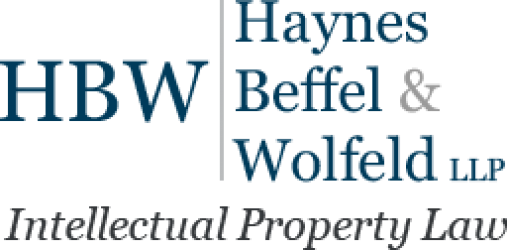Believe in interviews, early interviews and desktop sharing interviews? The Patent and Trademark Office (PTO) does not care whether you believe, as long as you use interviews, because interviews get us to “yes” in less time… and more productively. The PTO has proven that it’s worth your while to interview.
Patent examiners do not sit behind desks in Alexandria as they once did. Many of them “hotel” (that is, work from home). Even Supervising Patent Examiners (SPEs) are free to work from home at least one day a week. Beginning in Detroit and spreading, many examiners are home-based in satellite offices. It may soon be difficult to line up a series of interview trips to Alexandria, because that may not be where the examiners are.
A while back and during Under Secretary Kappos’ term, the PTO upgraded its infrastructure to accommodate hoteling. All of the examiners received standard laptops that enable them to work as easily from home as in the office. Rules on hoteling changed to reduce the need for examiners to schedule regular face time in Alexandria. VPNs were set up and phones made to ring at home offices. Patent attorneys can now benefit from this improved technology.
The PTO built a WebEx portal for examiners and patent attorneys to use that integrates voice, video and desktop sharing. A demonstration of this capability is posted on YouTube, on the HBWIP channel. With video and desktop sharing, you can be more effective in a WebEx interview than a face-to-face interview. You don’t need to have an office within walking distance of the PTO to fully engage with examiners.
Source: Paperless Workflow, Office Action Analysis and Patent Examiner Interviews in the Era of Hoteling, WebEx and Videoconferencing.
